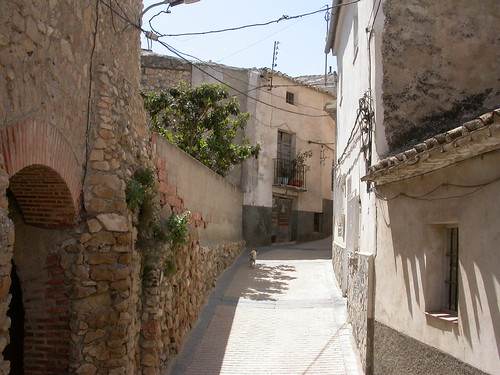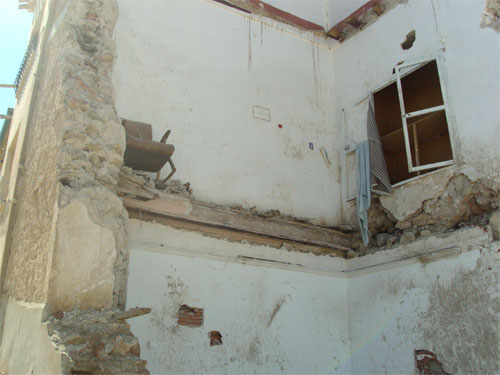We left our rental car in an underground car park in the new part of Lorca. We had not visited Lorca before and we were only there that day on a whim since we were in the area. We knew little about the city.
As we walked toward the old part of the city, at first the large crack in a modern apartment block did not register at the conscious level. But the second one did. It was most strange to see a gash reaching from the ground up through the side of a red brick building. As we walked on we saw more and more buildings that had been similarly afflicted, some worse than others. Finally I remembered reading that Lorca had suffered an earthquake in the recent past. How quickly these natural disasters fade from memory; but not of course if you are among the victims.
It was 11 May 2011 that Lorca was seriously damaged by a moderate 5.1 magnitude earthquake. According to experts the focus of the earthquake was so close to the surface that they consider the magnitude was actually equivalent to an 8 on the Richter scale which is very serious. Sadly 9 people died in the quake and many of the town’s older buildings were damaged, including Lorca Castle, and some were destroyed completely.
Of course I only discovered all this later, for us on that day as we made our way through the narrow streets of the old city, it became more and more apparent that there had indeed been a serious event. We could see many buildings (people’s homes) had been ripped asunder with perhaps only one wall left standing, furniture dangling surreally from it.
However, with roots stretching back to the Romans and beyond, today Lorca continues to stand proud looking out across the surrounding fertile plains of Murcia, with Lorca Castle, the Fortress of the Sun, still the crowning glory.
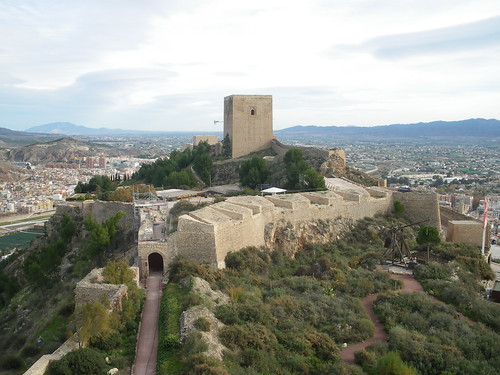
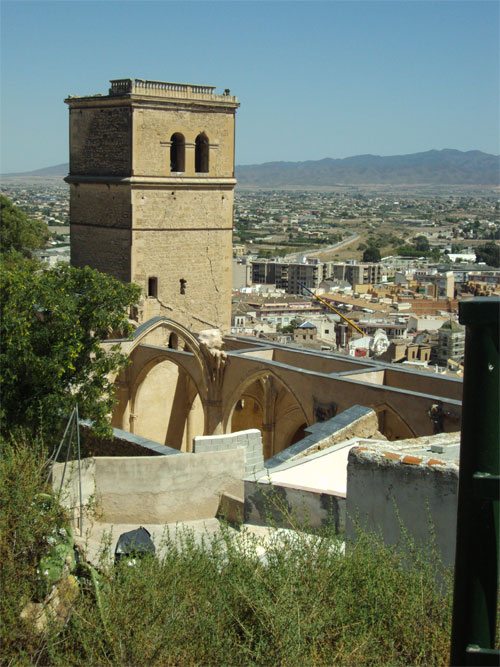
Thirty-six miles southwest of Murcia City, Lorca is a former-border town at the frontline between Christian Murcia and Moorish Grenada. The town was taken from the Moors in 1224 by Alfonso X as part of the Reconquista, the period of expansion of Christian states into Muslim territories on the Iberian peninsula. Lorca castle, with its hilltop location, acted as a watchtower over the enemy territory beyond the town and also served as a launch pad for raids into Grenada. Due to these defensive duties Lorca was a dangerous place to be and as a result population numbers and development suffered.
When the Kingdom of Murcia captured Grenada in 1492 and the Moorish threat diminished the town began to develop into a metropolis, undergoing urban reforms, developing trading routes and enjoying a population boost. As a sign of the times the defensive wall that formerly surrounded the town vanished and artists and architects flocked to the town. Lorca was officially designated a historic and artistic site in 1964.
In Lorca’s historic centre is the Plaza de España (the Spanish Square). The plaza, declared a Cultural Monument, is home to a number of historic buildings including a 16th century granary and the Casa del Corregidor.
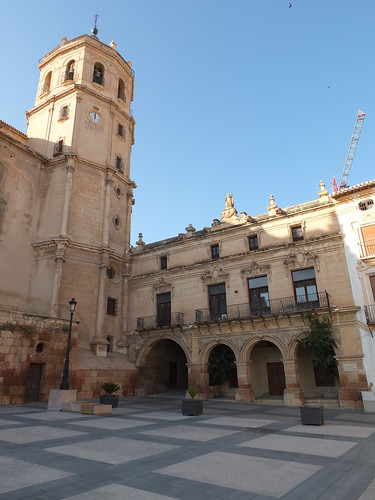
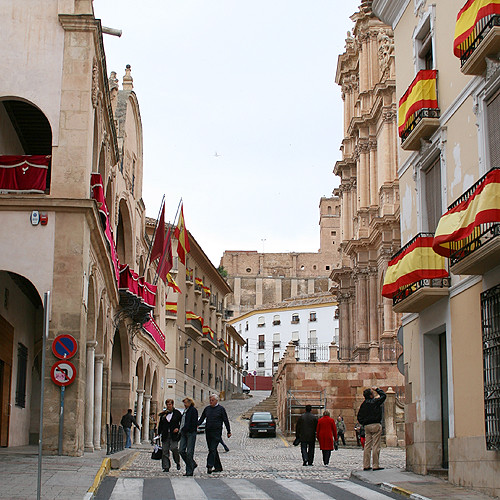
Lorca is just a 90-minute drive from the Drivalia Car Rental depot at Alicante Airport.
 Sweden
Sweden

